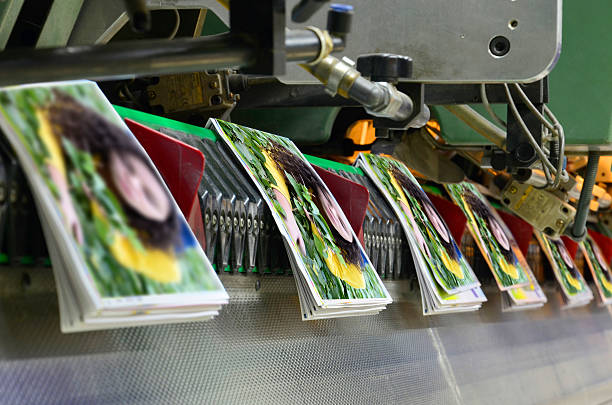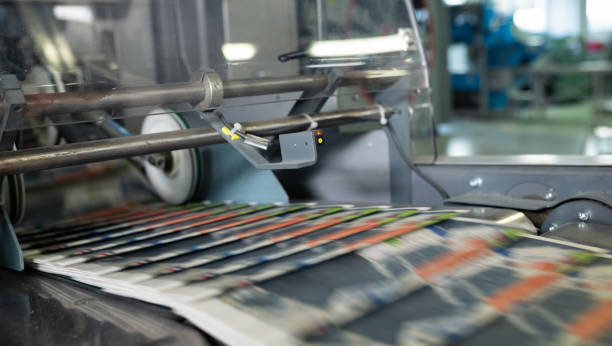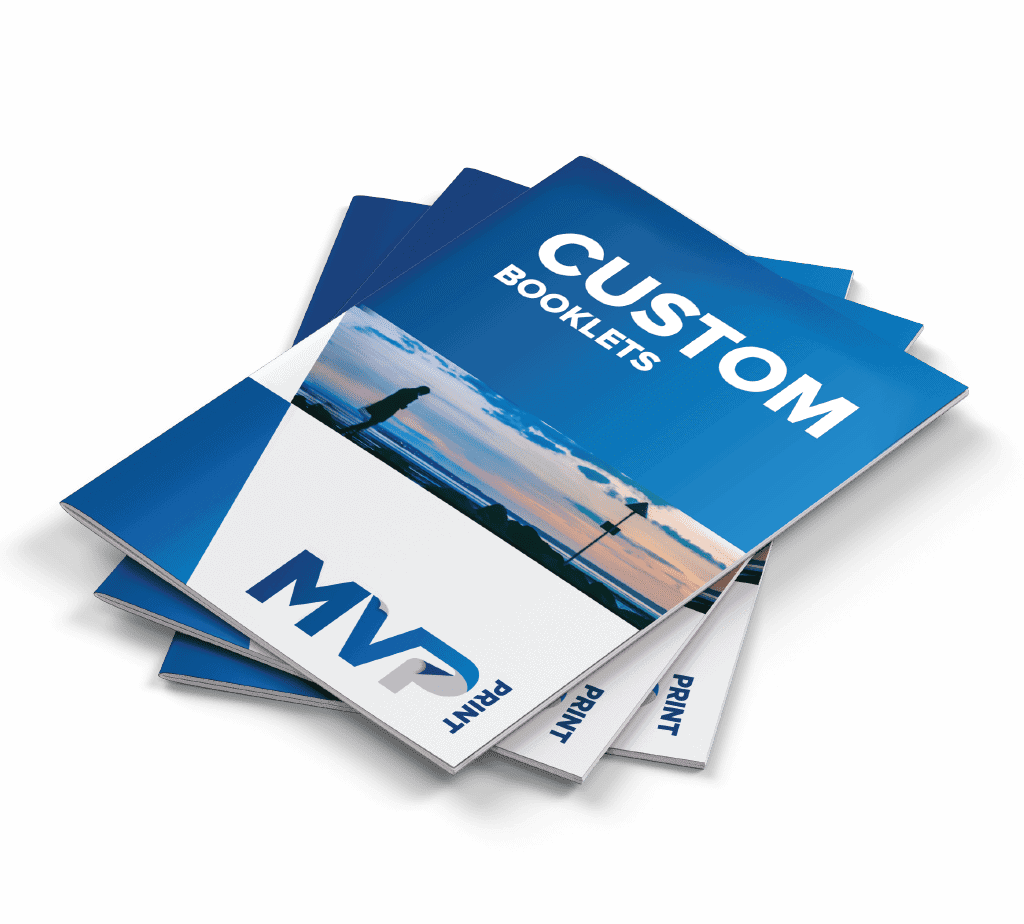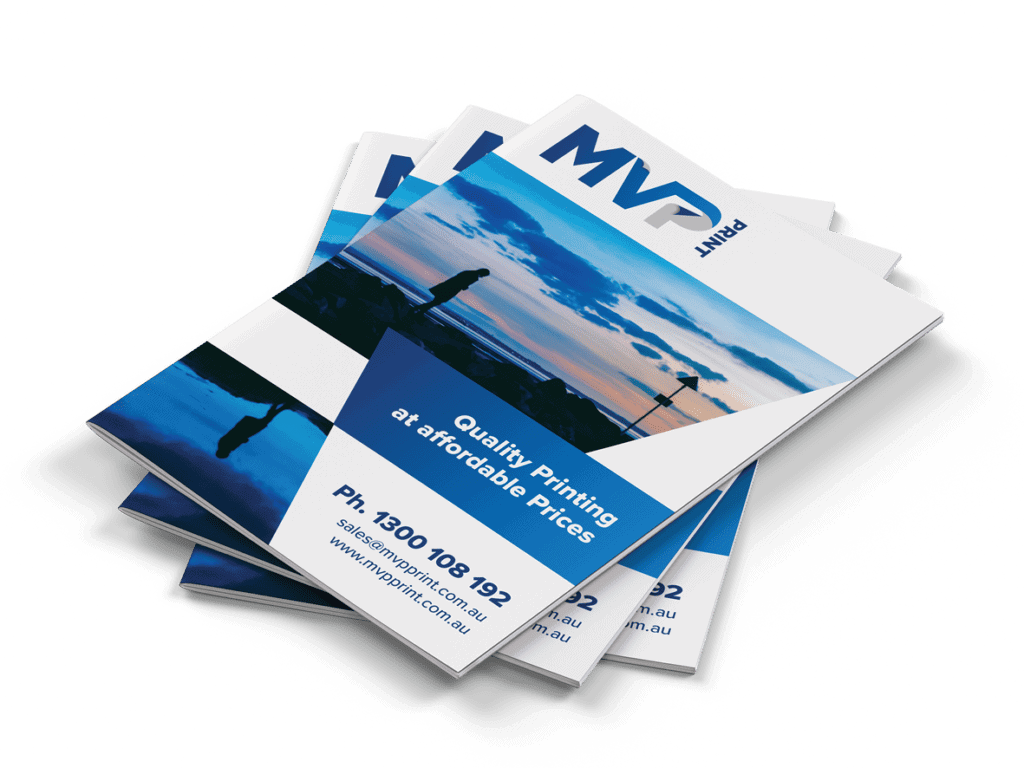
Welcome to the captivating world of magazine printing in Australia. This comprehensive guide will take you on a journey, exploring everything from popular paper sizes and binding options to printing methods and cost considerations. Whether you’re a small business owner, a creative professional, or simply looking to produce high-quality magazines, this article provides expert insights and practical advice to help you navigate the realm of magazine printing with confidence. Additionally, discover how you can access affordable magazine printing services in Australia.
From defining the key differences between magazines and booklets to highlighting the latest printing technologies and cost-effective solutions, this guide is your essential resource for creating stunning, professional-grade magazines in Australia. Prepare to dive into the dynamic world of magazine printing and unlock the secrets to crafting visually-appealing, attention-grabbing publications that captivate your audience.
What is Magazine Printing?

Definition of Magazine Printing
Magazine printing is the process of producing magazines, which are periodical publications that feature a variety of content, such as articles, news, features, and advertisements. Magazine printing involves the use of various printing techniques, paper stocks, and binding methods to create a cohesive and visually appealing publication.
Difference Between Magazines and Booklets
While magazines and booklets may share some similarities in their printed format, there are distinct differences between the two. Magazines typically contain a wider range of content, including articles, advertisements, and visual elements, while booklets often have a more focused, informative, or promotional purpose. The production process and binding methods for booklet printing and booklets magazines may also vary. Magazines booklets offer various printing options, including digital and offset printing, to suit different specifications and needs.
Magazine Printing Australia
In Australia, magazine printing has a rich history and continues to be a vibrant industry, catering to a diverse range of publications. From niche lifestyle magazines to high-profile industry journals, Australian printing companies have the expertise and technology to produce world-class magazine products. Magazine printers in Australia utilize cutting-edge technology to ensure high-quality printing results. The magazine printing landscape in Australia is characterized by a mix of digital and offset printing options, allowing for efficient and cost-effective production of magazines in various sizes and quantities.
Magazines can be ordered in both short and long runs, with options for urgent printing in 1, 2, 3, 4, or 5 days. Booklet orders received can be printed and ready the next day or within 3 or 5 days for a lower cost. The location of the printing service is in Brisbane, Australia, with delivery available nationwide. Local customers can opt for collection.
The file format required for printing is a multi-page pdf file with a 3mm bleed on all sides and no spreads. A wide range of file types are accepted and converted to PDF format. Customers can pick up their orders, which can be paid for online.
Budget booklets are printed on 100 gsm paper while premium booklets are printed on 150 gsm paper. The minimum quantity for booklets to keep costs down is 10, but lower quantities can be accommodated with a custom quote. Document printing can be done on 100 gsm bond paper, suitable for coil, wire, and comb binding.
A maximum amount of 68 pages can be printed for saddle-stitched magazines, as one folded sheet accounts for 4 pages. Perfect bound books can accommodate up to 232 pages for binding. Same-day printing is available upon request, subject to approval based on workload and time of order placement.
Popular Paper Sizes for Magazines
When it comes to magazine printing in Australia, there are several popular paper sizes to choose from. The A4 size, measuring 210mm x 297mm, is a common choice for magazines as it provides ample space for content and visuals. The A5 size, measuring 148mm x 210mm, is also a popular option, particularly for more compact or niche publications.3
A4 Size for Magazines
The A4 paper size, measuring 210mm x 297mm, is a widely used format for magazines in Australia. This size offers a generous canvas for presenting detailed articles, high-quality photography, and impactful advertisements. The A4 format is often selected for magazines that require a balance of readability and visual impact, making it a versatile choice for a range of publishing needs.
A5 Size for Magazines
For magazines with a more compact or niche focus, the A5 size, measuring 148mm x 210mm, is a popular choice. This format is well-suited for publications that prioritize portability, such as lifestyle magazines, small-run specialty titles, or magazines designed for on-the-go readership. The A5 size is also commonly used for catalogues, booklets, and educational materials, offering a convenient and space-efficient layout. A5 size magazines can be printed in either landscape or portrait orientation.
Custom Sizes for Magazines
While the A4 and A5 sizes are the most common choices for magazine printing in Australia, some publishers may opt for custom or non-standard sizes to achieve a unique visual impact or cater to specific design requirements. These custom sizes can range from compact, pocket-friendly formats to larger, statement-making dimensions, allowing magazine publishers to differentiate their products and stand out in the market.
Types of Magazine Binding
When it comes to magazine printing in Australia, the choice of binding method is a crucial consideration. Two of the most common binding options used for magazines are saddle stitched binding and perfect binding. Saddle stitched booklets offer a variety of paper stocks and finishes, making them a versatile and cost-effective option for cheap booklet and catalogue printing.
Saddle Stitched Binding
Saddle stitched binding is a popular choice for smaller publications, as it is generally recommended for magazines with a page count of up to 72 pages. This binding method involves using wire staples to secure the pages together at the spine, creating a clean, professional look. Saddle stitched magazines also need a page count that is a multiple of 4 for proper binding.
Perfect Binding
Perfect binding, also known as square binding, is a more robust binding option that is suitable for publications with 64 pages or more. In this method, the pages are glued together at the spine, creating a seamless and durable finish. Perfect binding is often used for larger magazines or publications that require extra durability, such as those intended for use in extreme conditions.
Printing Options for Magazines

When it comes to printing magazines in Australia, there are two primary methods to consider: digital printing and offset printing. Each of these techniques offers distinct advantages, making them suitable for different types of magazine projects and budgets.
Digital Magazine Printing
Digital printing has become an increasingly popular choice for magazine production in Australia. This method utilizes advanced digital technology to print magazines directly from digital files, eliminating the need for traditional printing plates. Digital printing is particularly well-suited for shorter print runs, allowing for greater flexibility and faster turnaround times.
One of the key benefits of digital magazine printing is the ability to accommodate variable data and personalization, making it an attractive option for targeted marketing campaigns or niche publications. Additionally, digital printing often offers more cost-effective solutions with cheap prices for smaller print runs, as there are no setup costs associated with printing plates.
Offset Magazine Printing
Offset printing, alternatively, is a traditional printing method that uses printing plates to transfer ink onto the magazine pages. This process is typically better suited for larger print runs, as the setup costs can be amortized over a higher volume of magazines.
Offset printing is renowned for its high-quality output, with exceptional color reproduction and excellent image clarity. This makes it a popular choice for magazines that require high-end visual presentation, such as glossy lifestyle publications or high-profile industry journals.
The choice between digital and offset printing for magazines in Australia often comes down to factors like print run size, budget, and the desired level of quality and customization. By understanding the strengths and limitations of each method, magazine publishers can make an informed decision that aligns with their specific needs and goals.
Paper Stocks for Magazines
The choice of paper stock plays a crucial role in the overall look and feel of a magazine. In Australia, two popular options are matte and gloss paper stocks.
Matte Paper Stocks
Matte paper stocks offer a soft, velvety finish that can create a sophisticated and understated aesthetic for magazines. These stocks are available in a range of weights, from lightweight 115gsm to more substantial 170gsm options. Matte paper stocks are often chosen for their ability to reproduce images and text with a subtle, natural look, making them a popular choice for magazines with a focus on editorial content and high-quality photography.
Gloss Paper Stocks
Gloss paper stocks, on the other hand, provide a sleek and vibrant finish that can make colors and images pop off the page. These stocks are typically available in weights ranging from 115gsm to 200gsm for the inside pages, and up to 360gsm for the cover. Gloss paper stocks can deliver up to 15% more color vibrancy compared to satin paper options. They are often chosen for magazines with a strong emphasis on visual appeal, such as fashion, design, and lifestyle publications.
Magazine Printing Australia – Cost Overview

The cost of magazine printing in Australia can vary depending on several factors, including the size and page count of the publication, the chosen paper stock, the binding method, and the print run quantity. Choosing a professional magazine printing service is crucial to ensure high-quality marketing material that effectively represents your company. Generally, larger print runs and more cost-effective binding methods like saddle stitching can help to lower the overall cost per magazine.
MVP Print, a leading printing provider in Melbourne, claims to be the cheap magazine printing experts in Australia. They offer a range of magazine printing services, including short-run digital magazine printing, perfect bound magazine printing, and saddle stitched magazine printing. The company can provide magazine printing quotes within 24 hours of the request and does not require a minimum order quantity, allowing clients to print as few as 1 to 5 units.
The turnaround time from order to delivery for magazine printing at MVP Print ranges from 4 to 10 working days, depending on various factors such as binding type, paper quality, and delivery address. They offer a variety of magazine binding options, including Saddle Stitched Booklets, Perfect Binding, PUR Binding, and Wire Binding.
In addition, another printing provider in Australia, offers magazine printing time frames ranging from 1 to 5 day options for urgent orders. Their perfect bound books can hold up to 232 pages, while their saddle stitched magazines allow for up to 68 pages. They also provide budget booklets printed on 100 gsm paper and premium booklets on 150 gsm paper. To keep the cost per book down, they have a minimum quantity requirement of 10 books, allowing set up costs to be divided. Clients can also request same-day printing with approval, and orders received today can be ready for collection or delivery the next day.
Choosing the Right Magazine Printer

When selecting a magazine printer in Australia, it’s crucial to consider several key factors to ensure a successful and satisfying printing experience. From the printer’s experience and expertise to the turnaround time and print quality, each element plays a vital role in the overall success of your magazine project.
Experience and Expertise
Look for a magazine printer in Australia with a proven track record of delivering high-quality publications. Experienced printers will have the expertise to guide you through the printing process, offering valuable insights and recommendations to help you achieve your desired outcome.
Turnaround Time
In the fast-paced world of magazine publishing, turnaround time is of the essence. Choose a printer that can deliver your magazines within a timeframe that aligns with your publication schedule. Many Australian printers offer turnaround times ranging from 2 to 12 business days, plus delivery via courier.
Print Quality
The print quality of your magazine is paramount, as it directly impacts the overall aesthetic and perception of your publication. Look for a printer that utilizes the latest printing technologies, such as digital and offset printing, to ensure your magazines are produced with the highest level of detail and clarity. Additionally, consider the availability of various paper stocks, from matte to gloss, to achieve the desired look and feel for your magazine.
Magazine Printing Australia – Services by MVP Print
MVP Print, a leading printing provider in Australia, offers comprehensive magazine printing services to cater to a wide range of publishing needs. With their extensive experience and state-of-the-art printing technology, MVP Print is well-equipped to handle all aspects of magazine production, from design and layout to printing and binding.
For magazine artwork, MVP Print recommends a minimum of 300 dpi resolution, and even 600 dpi if using Adobe Photoshop, to ensure a significant increase in quality. They also advise adding a 3mm bleed to each edge of the page for a professional look. Depending on the paper weight, MVP Print can produce saddle-stitched booklets with up to 76 pages, and perfect-bound books with up to 448 pages.
When it comes to color, MVP Print recommends using the CMYK color format for printing, as RGB can result in a noticeable color shift in the final product. They also suggest using Adobe InDesign and Illustrator for design, as these software are specifically recommended for magazine printing.
Accurate color matching is crucial, especially for corporate livery colors, and MVP Print emphasizes the importance of using Pantone Colors. For the final print, they recommend submitting a print-ready PDF file with high resolution and bleed.
MVP Print offers both offset litho printing for larger quantities and digital printing, depending on the specific needs of the magazine project. They also provide standard finishing services such as trimming, cutting, and binding, including saddle stitching and perfect binding. For perfect-bound books, a cure time is required before shipping.
To help boost sales and readership, MVP Print can advise on potential distribution channels, including app or website distribution, retail stores, subscription services, promotional campaigns, and events & trade shows. They also recommend partnerships with influencers and press outlets, as well as promotional bundles with complementary products. Tracking the success of magazine distribution is crucial to measure effectiveness and adjust strategies accordingly.
Magazine Printing Australia – A Conclusion
In conclusion, the magazine printing industry in Australia continues to thrive, offering a wealth of opportunities for businesses, creatives, and individuals alike. As this comprehensive guide has highlighted, the landscape of magazine printing in Australia is characterized by a diverse array of paper sizes, binding options, printing methods, and cost-effective solutions.
The resilience of the print magazine market is evident, with recent data showing a 4.1% rise in print magazine sales in Australia during 2023. Moreover, the emergence of new, independent print magazines that focus on quality over quantity, often with higher cover prices and better production standards, is a testament to the enduring appeal of the printed word.
As the industry evolves, magazine publishers in Australia are exploring innovative approaches, such as quarterly or biannual publication schedules, to cater to the changing preferences of their readership. Established print magazines like Vogue Australia and Qantas Magazine have also managed to maintain their global appeal, with their print and digital editions complementing each other to reach a wider audience.








